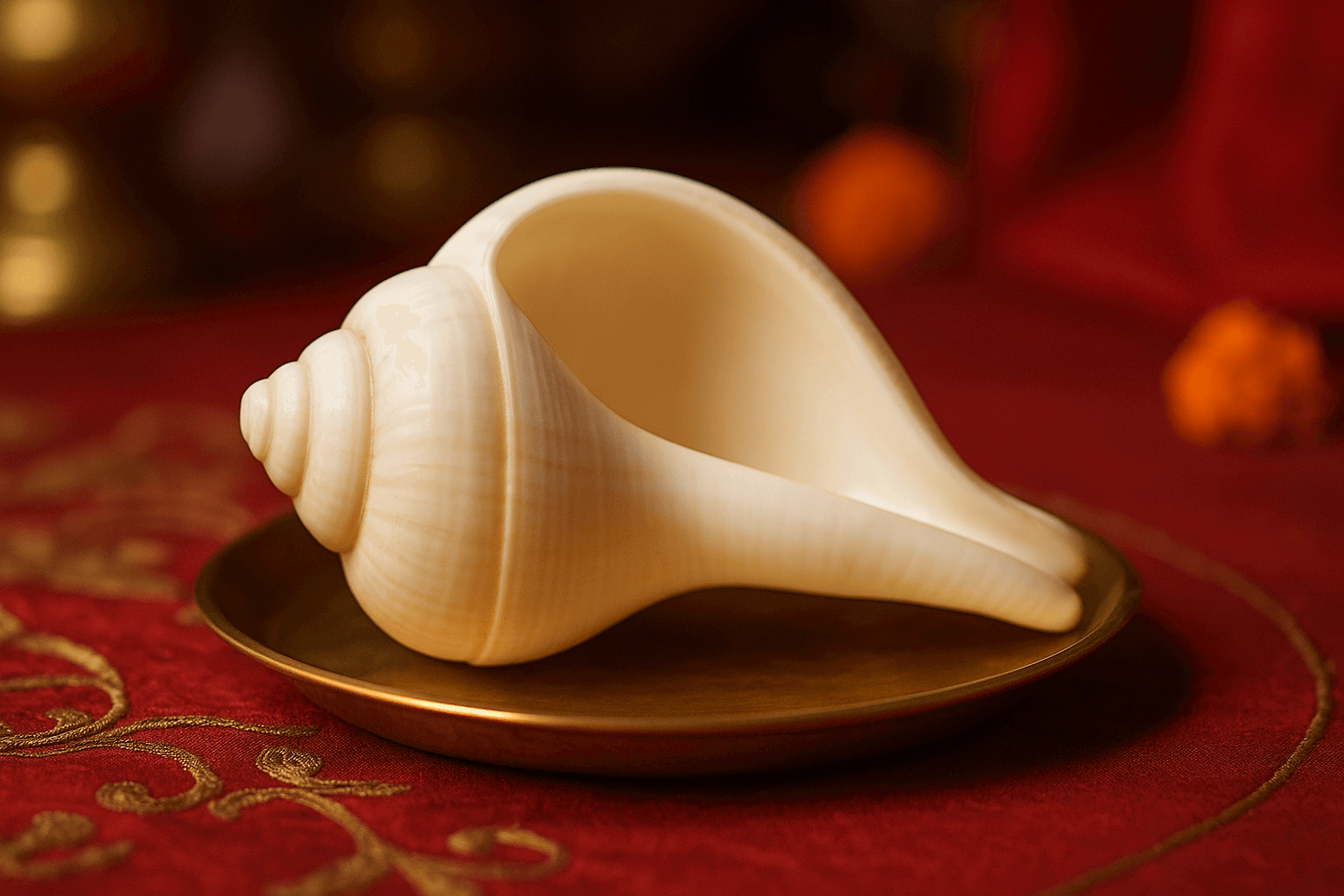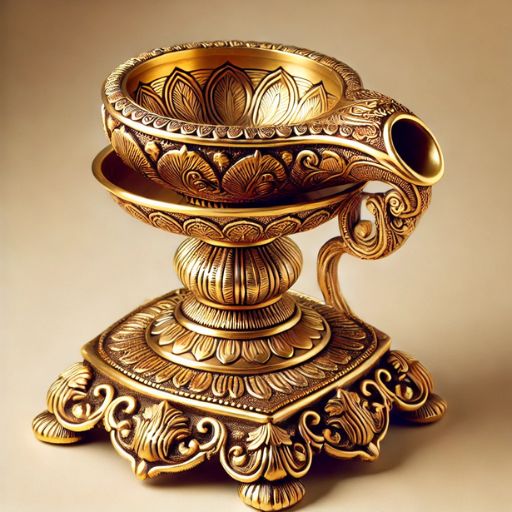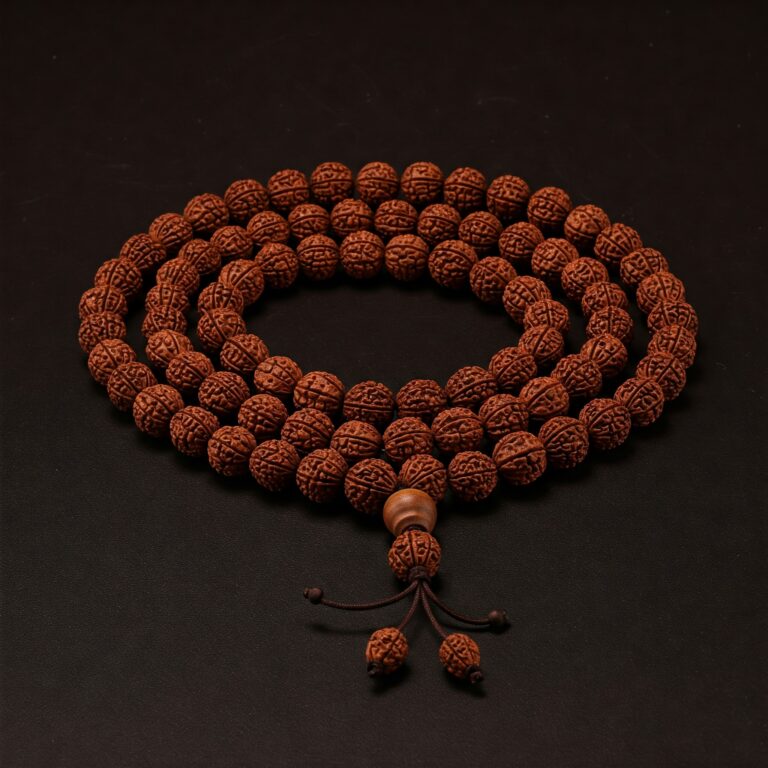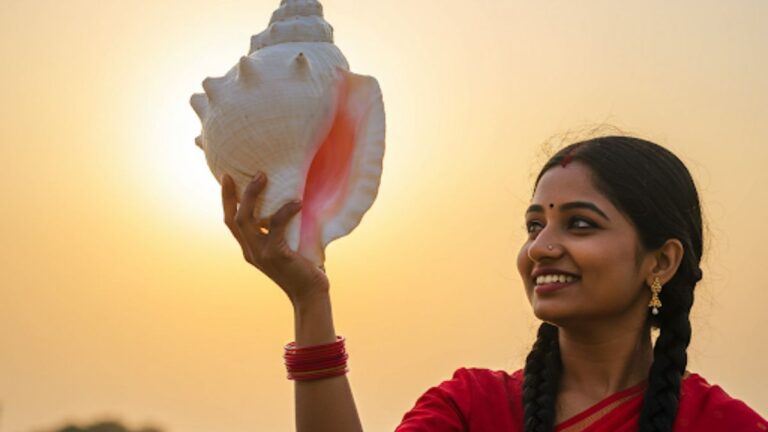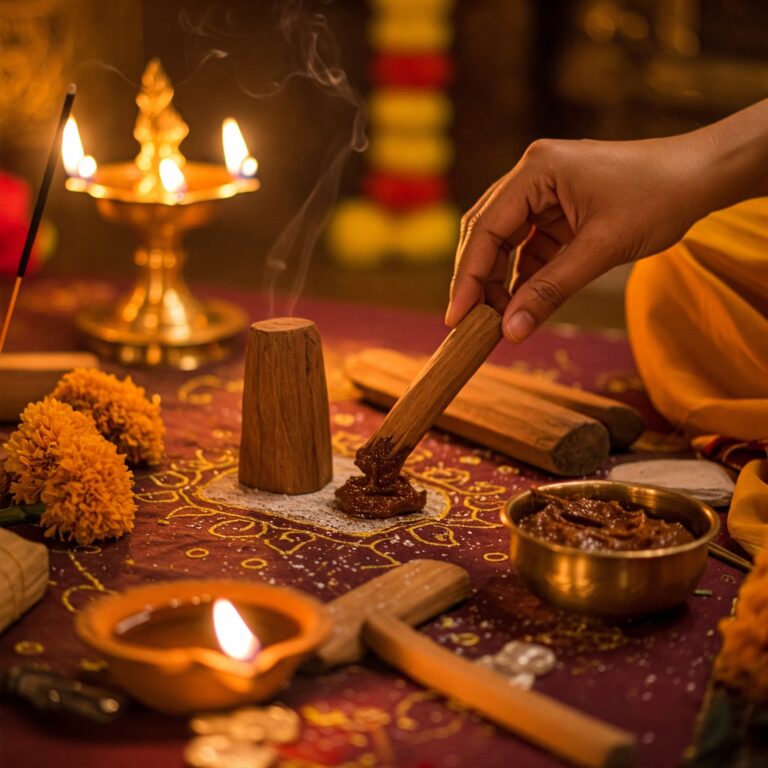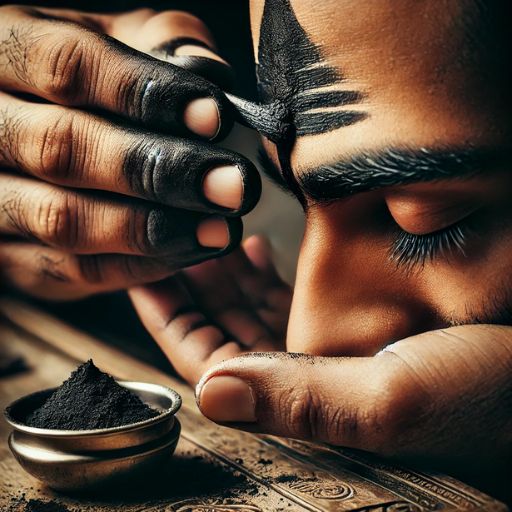In Hindu tradition, the Jal Shankh holds a unique and sacred place. Often seen in temples and during religious ceremonies, this special type of conch shell is more than just a symbol—it serves practical, spiritual, and even medicinal purposes. In this blog, we explore the origin, significance, uses, and benefits of the Jal Shankh.
What is a Jal Shankh?
The Jal Shankh is a specific type of conch shell (Shankh) used primarily to store or pour water during religious rituals. Unlike the Dakshinavarti Shankh (right-spiraled) or Vamavarti Shankh (left-spiraled), the Jal Shankh is hollow and open at both ends, making it ideal for holding and pouring sacred water or milk during pujas.
Historical and Religious Significance
In ancient scriptures, the Jal Shankh is mentioned as a vessel for holy water (Gangajal). It is believed that using a Jal Shankh to offer water to deities purifies the ritual. It is also associated with Lord Vishnu, who is often depicted holding a conch shell.
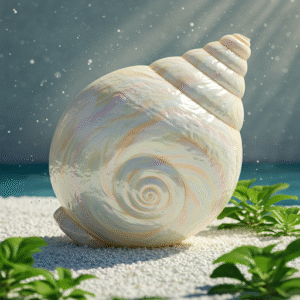
During Abhishekam (ritual bathing of deities), the Jal Shankh is used to pour water or milk over the idol, symbolizing purification and devotion. In temples, priests use the Jal Shankh to sprinkle holy water on devotees as a blessing.
Health and Ayurvedic Benefits
According to Ayurveda, conch shells—especially the Jal Shankh—have healing properties. Here are some benefits:
-
Balances Energy (Prana): Water stored in a clean Jal Shankh is said to absorb positive energy and purify the aura when sprinkled.
-
Improves Digestion: Drinking water stored in a conch (under supervision) may improve digestion and remove toxins.
-
Anti-Bacterial Properties: The shell material has natural anti-microbial effects.
-
Sound Therapy: The vibrations from blowing a conch shell help clear the nasal passage and stimulate the brain.
How to Use a Jal Shankh at Home
Using a Jal Shankh is easy and can be part of your daily spiritual practice:
-
Clean Regularly: Rinse the Jal Shankh daily with clean water.
-
Store Holy Water: Fill it with Gangajal or purified water.
-
Sprinkle During Aarti: Use it to sprinkle water around the house or altar during prayers.
-
Puja Use: Pour water or milk during deity Abhishekam.
-
For Vastu: Some people place the Jal Shankh in the northeast direction to correct Vastu doshas.
Difference Between Jal Shankh and Other Shankhs
| Feature | Jal Shankh | Dakshinavarti Shankh | Vamavarti Shankh |
|---|---|---|---|
| Opening Type | Both ends open | Right-spiral opening | Left-spiral opening |
| Main Use | Pouring water/milk | Worship of Vishnu | Worship of Shiva & Durga |
| Water Storage | Yes | No | No |
Where to Buy an Authentic Jal Shankh
Ensure you buy your Jal Shankh from trusted sources, either from spiritual stores or certified online shops. A genuine Jal Shankh is made from real sea conch and should have a smooth finish and natural shine.
Buy Pure and Natural Jal Shankh: Click Here 👉 (MAYAPURI Authentic Jal Shank (Pani Shank) with Brass Stand | Sacred 9-10 CM Conch for Pooja & Abhishekam | Divine Ritual Accessory)
Care and Maintenance Tips
-
Avoid harsh chemicals while cleaning.
-
Do not keep it in direct sunlight for long durations.
-
Store in a clean, sacred space.
Final Thoughts
The Jal Shankh is not just a religious object; it is a vessel of purity, healing, and devotion. By incorporating it into your daily spiritual or wellness routine, you can connect with ancient wisdom and elevate your home environment.
Embrace this sacred tool with reverence and experience the transformative energy it brings.

